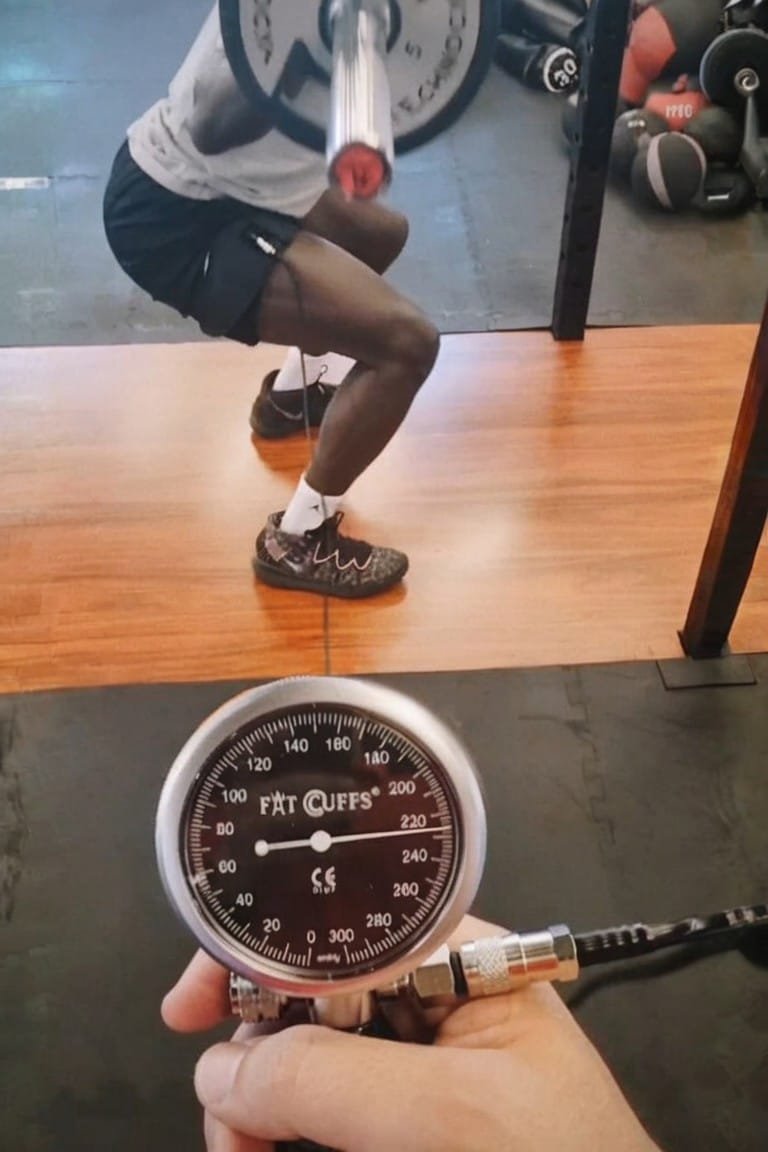
Effects of Blood Flow Restriction Training After Anterior Cruciate Ligament Reconstruction with Hamstring Autograft on Tendon Regeneration and Physical Properties of the Donor Hamstring Muscle: A Randomized Double-blind Sham-controlled Trial
Authors
Ashokan Arumugam 1, Ibrahim Moustafa 1, Mustafa Jabreen 2, Matthew Kilgas 3, Azzam Kamal 2, Borja Merry del Val 2, Faris Almallah 2, Željko Banićević 4, Ivana Banićević 4.
1 Department of Physiotherapy, College of Health Sciences, University of Sharjah, Sharjah, United Arab Emirates.
2 Physiotherapy and Rehabilitation Department, Healthpoint Hospital, UAE.
3 School of Health & Human Performance , Northern Michigan University, USA.
4 HERC – Health, Exercise & Research Center, Dubai, UAE.
Phase
The Project
